Excluded from U.S. space projects, China's historic feat of successfully retrieving the first-ever samples from the far side of the moon has ignited discussions about the U.S. approach, which experts said should focus on inclusion rather than exclusion.
The Chang'e-6 lunar probe returned to Earth on Tuesday, bringing back rock and soil samples from the far side of the moon, which always faces away from Earth.
The probe landed on the moon on June 2 and lifted off again on June 4 to start its journey back to Earth. The far side of the moon presents unique technical challenges for landing and returning. Yet, China managed to land the probe, collect samples and bring them back safely.
The retrieved soil samples are anticipated to shed light on the origins of the solar system, while the potential for tapping lunar resources offers a promising path for collaboration between the U.S. and China, particularly in advancing artificial intelligence (AI) technologies, according to an editorial by a Silicon Valley-based think tank and consultancy Sinotalks.
"Prior to the Chang'e-6 mission, China published the world's first high-definition lunar geologic atlas to, among other goals, facilitate scientists' identification of a proper site for a potential lunar station. New knowledge acquired from analyses of samples brought back by the Chang'e-6 probe will enrich the content of the atlas, making the establishment of a lunar station more promising," Mei Gechlik, founder and CEO of Sinotalks, told China Daily.
Once the station is in place, in-depth studies of lunar resources, the moon's evolution and the solar system can be conducted more effectively, which may lead to the discovery of new lunar resources that can be used to develop AI hardware more powerful than existing semiconductors, she explained.
"In addition, innovative AI applications that will help take the moon exploration to another level can also be tested in the station, under conditions unavailable on the Earth. These long-term and expansive benefits should motivate China and the United States to collaborate by contributing the financial capital and human capital needed to pull off this feat," said Gechlik.
Taylah Bland, a fellow with the Asia Society Policy Institute's Center for China Analysis, echoed the potential for cooperation.
"China's latest achievement as the first country to land on the far side of the moon reinforces its space exploration strengths and capabilities," Bland wrote in a newsletter. "Despite an ongoing space race with the United States, China's collaboration with the European Space Agency on the Chang'e-6 mission highlights the potential for cooperation, not competition," she said.
However, a major hurdle stands in the way of such collaboration between the U.S. and China: the ongoing tensions between the two countries.
The U.S. has actively excluded China from the projects of the National Aeronautics and Space Administration (NASA) since 2011 and has intensified restrictions to limit China's access to U.S.-developed technologies to contain China's AI development.
This exclusionary approach, according to Sinotalks, is meant to weaken China's space technology advancement but might be backfiring by barring participation in China's space missions.
"Unlike their counterparts from France, Italy and Sweden engaging in moon-related research supported by payloads carried by the Chang'e-6 probe, U.S. scientists have missed these opportunities because U.S. restrictions have also excluded them from participating in China's space projects," said Sinotalks.
The think tank's editorial board further questioned whether the restrictions would genuinely hinder China's AI development, given its ability to overcome obstacles and continue its space exploration.
The current U.S. restrictions are unlikely to be dismantled soon, said Gechlik, but China's historic lunar mission presents an opportunity for a shift in stance, with the moon samples serving as an olive branch extended toward the U.S. scientific community.
The 4 billion-year-old lunar samples brought back by the Chang'e-6 probe are 1 billion years older than samples brought back by the United States and Soviet Union decades ago, said Gechlik, and China has "a good opportunity to extend an olive branch" to the United States by inviting U.S. scientists to study these samples together".
The U.S. scientists' determination to stay competitive in the moon exploration may prompt them to urge U.S. authorities to accept China's olive branch, she said. "If this occurs, a new era of 'moon diplomacy' will begin."











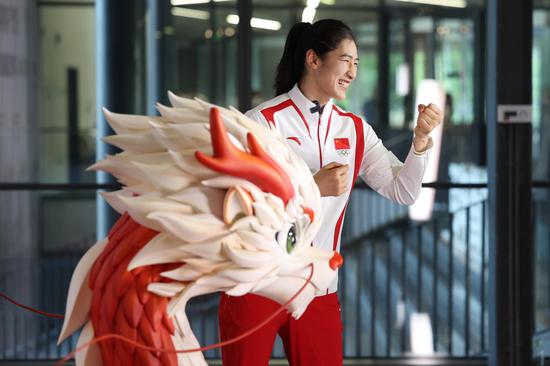

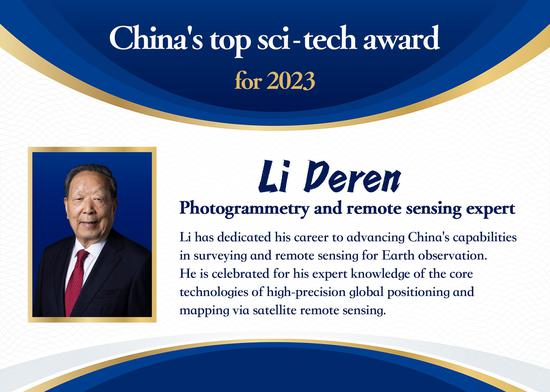

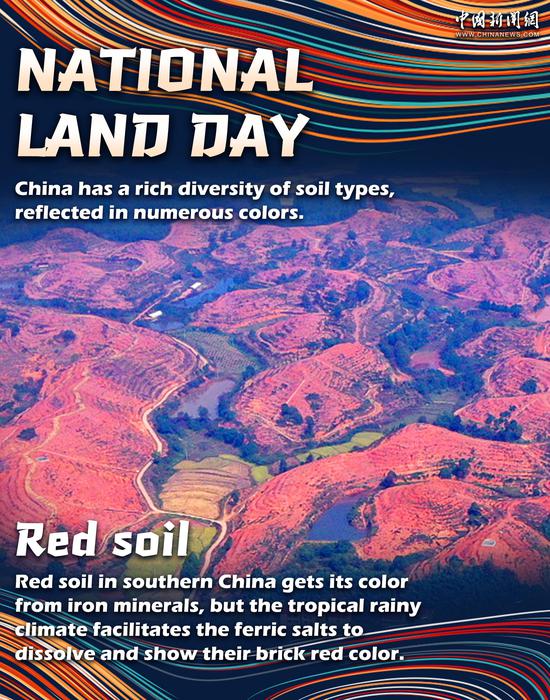
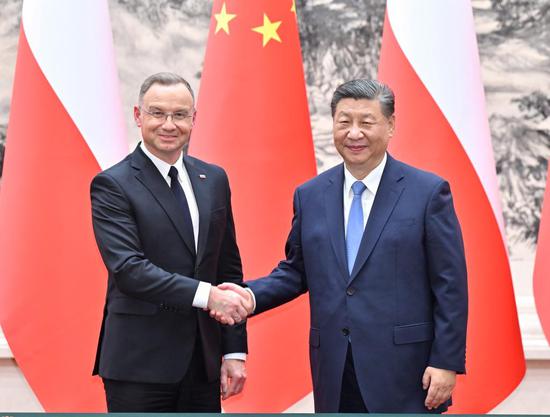




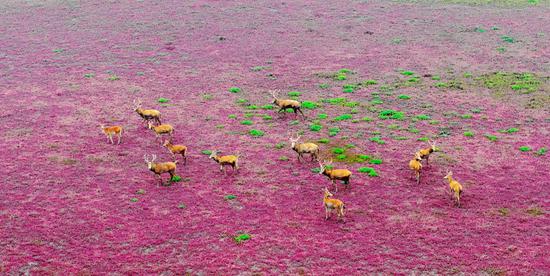
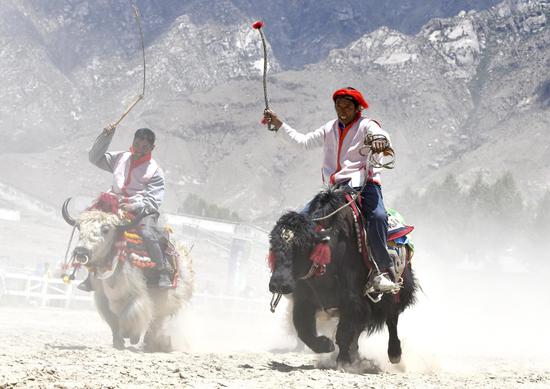

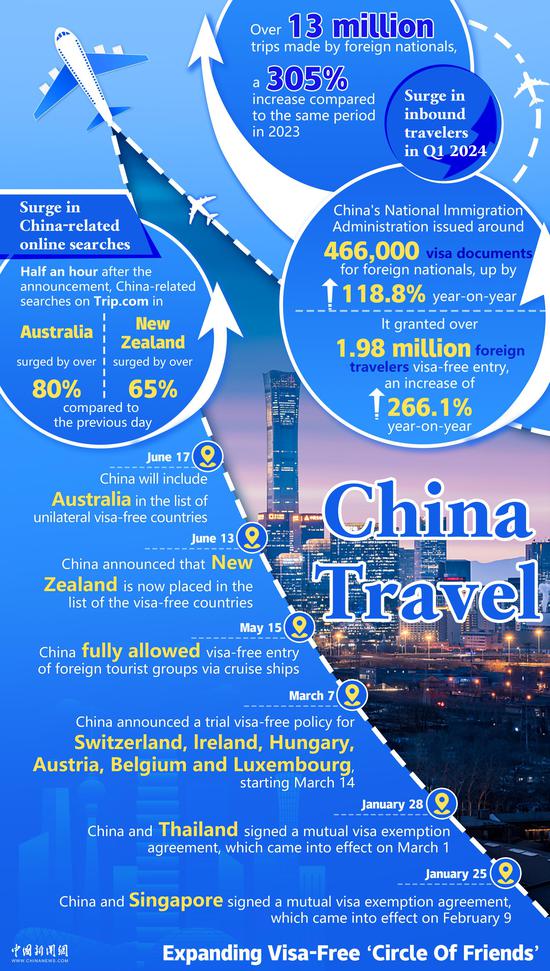





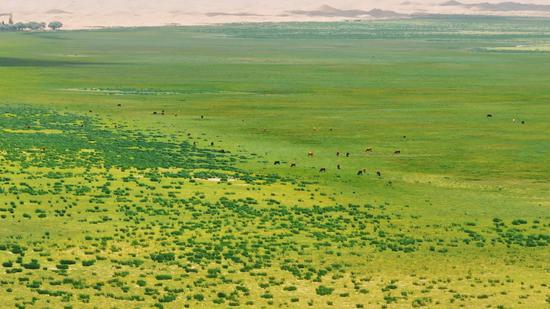
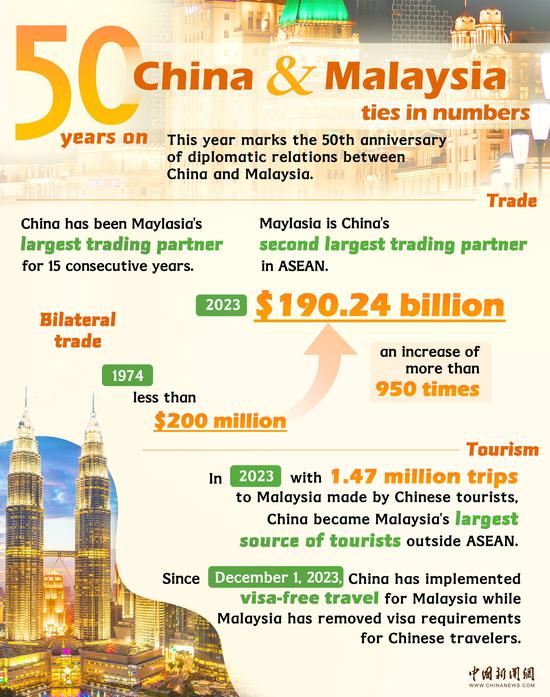




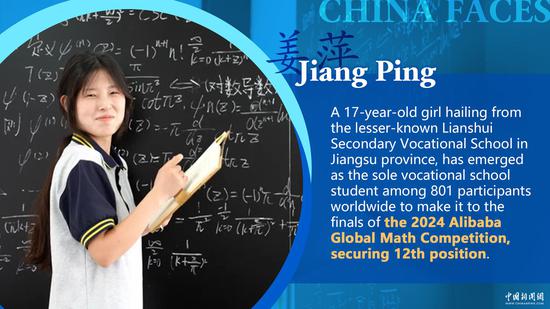













 京公網(wǎng)安備 11010202009201號(hào)
京公網(wǎng)安備 11010202009201號(hào)